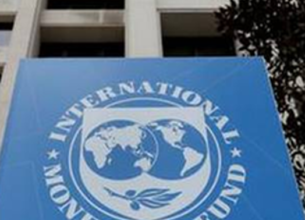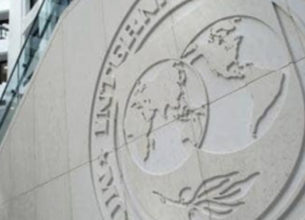GLOBAL FINANCIAL STABILITY REPORT 2019
Why in News?
- The International Monetary Fund (IMF) released the Global Financial Stability Report (GFSR) is a semiannual report. The April 2019 Global Financial Stability Report (GFSR) finds that despite significant variability over the past two quarters, financial conditions remain favourable.
Highlights:
- The report specifically focuses on corporate sector debt in advanced economies, the sovereign–financial sector nexus in the Euro area, China’s financial imbalances, volatile portfolio flows to emerging markets, and downside risks to the housing market.
- It recommends action by policymakers, including through the clear communication of any changes in their monetary policy outlook, the deployment and expansion of macroprudential tools, the stepping up of measures to repair public and private sector balance sheets, and the strengthening of emerging market resilience to foreign portfolio outflows.
- There is high stock of non-performing assets (NPAs) in India. Portfolio flows to emerging markets are influenced by benchmark-driven investors — 70% of country allocations of investment funds are impacted by benchmark indices
- China is likely to become more important for other emerging markets as it gets included in benchmark indices. Portfolio flows to China are expected to increase by $150 billion by 2020 due to its inclusion in a global bond index.
GFSR Report:
- The GFSR provides an assessment of balance sheet vulnerabilities across financial and non-financial sectors in advanced and emerging market economies.
- It is released twice per year, in April and October.
- It draws out the financial ramifications of economic imbalances highlighted by the IMF’s/World Economic Outlook.
- The GFSR issues recommendations for central banks, policymakers and others who supervise global financial markets.
- The latest GFSR introduces a way to quantify vulnerabilities in the financial system, encompassing six sectors: corporates, households, governments, banks, insurance companies, and other financial institutions.














